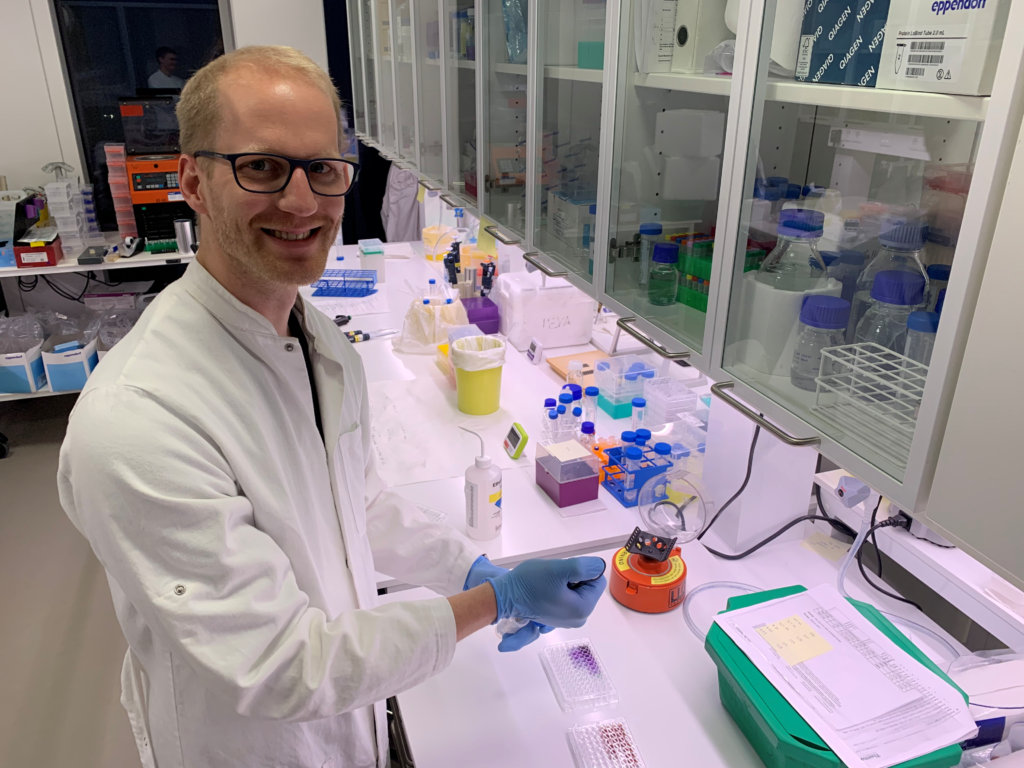New study from CCG helps us understand the role played by sugars in the immune system and the brain
Most bacteria and viruses bind to sugars on the surface of our cells, but the exact role played by sugars in the immune system and the brain has been unclear. A new study from the Center of Excellence Copenhagen Center for Glycomics (CCG) at the University of Copenhagen studied the role played by sugars by creating a cell library.

Sugar is one of the most naturally occurring molecules, and all of the body’s cells are covered by a thick layer of sugar that protects us against attacks from bacteria and viruses. A new study from the Center of Excellence CCG at the University of Copenhagen studied the role played by sugars in the immune system and the brain by creating a library of tens of thousands of natural cells.
“‘We have established how the sugars bind to and activate the so-called Siglec receptors that regulate immunity. These receptors play a major role, as they tell the immune system to decrease or increase activities. This is an important mechanism in connection with autoimmune diseases,” said post-doc Christian Büll from CCG, the first author of the study.
Cell library leads to important discoveries
The new cell library was used to examine how various sugars bind to receptors. The natural environment meant that Büll, his research colleague and last author of the study Yoshiki Narimatsu, and the rest of team of researchers could study the cells and see them in the form in which viruses and bacteria find them. Last autumn the team of researchers discovered that the spike protein in the coronavirus needs a particular sugar to bind itself to our cells efficiently. But the study, in particular, led to a better understanding of Alzheimer’s disease.
“Our main finding concerns the Siglec-3 receptor. Mutations in the Siglec-3 receptor are already known to play a role in connection with Alzheimer’s, but we did not know what the receptor specifically binds to. Our method has now identified a potential natural sugar that binds specifically to the Siglec-3 receptor. This knowledge represents an important step forward in understanding the genetic defects that cause a person to develop the disease,” said Büll.
Read more about the study at the University of Copenhagen here
